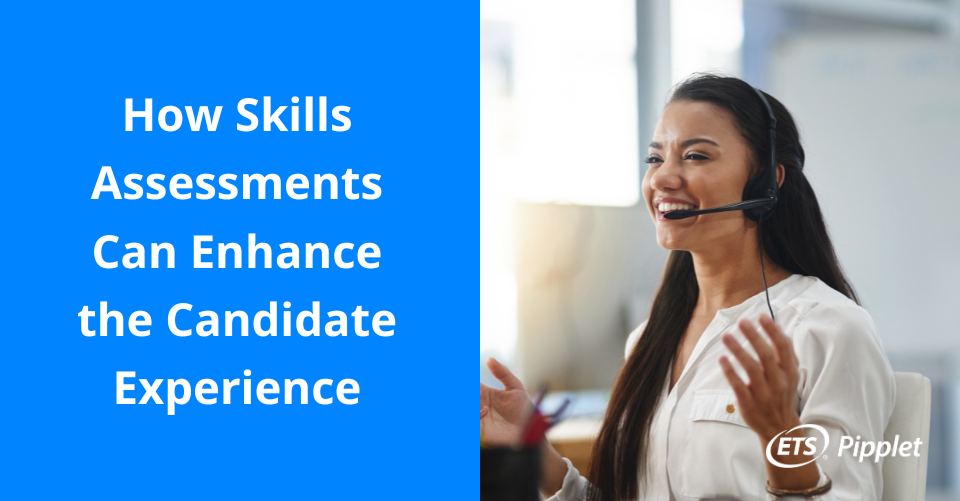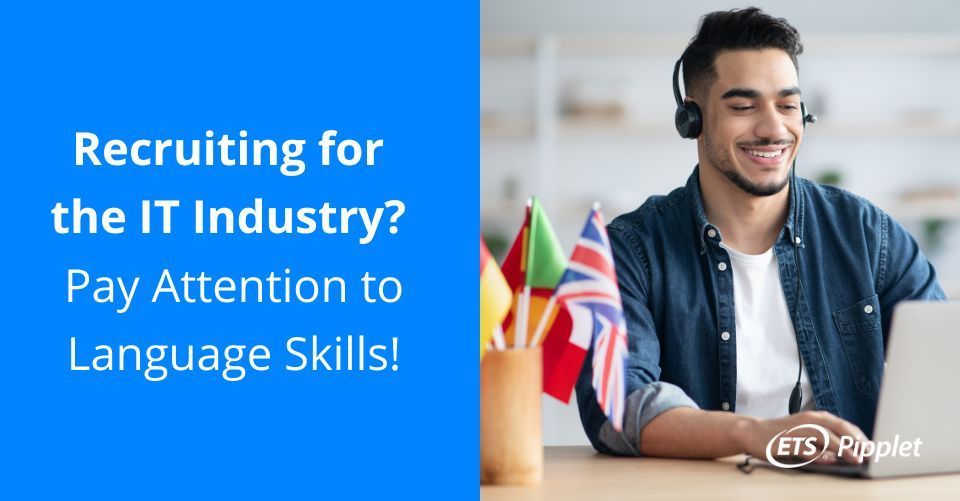OpenAI and Accessibility: Empowering Individuals with Disabilities through AI-Driven Language Solutions
In this article, we examine how OpenAI technology is being employed to develop language tools and applications that support individuals with disabilities, fostering greater inclusion and independence.
The digital age has revolutionized the way we live, work, and communicate. However, for the 1 billion individuals with disabilities globally, navigating the digital landscape can often present unique challenges. Artificial intelligence (AI) is poised to change that narrative by developing language tools and applications that support people with diverse needs, fostering greater inclusion and independence. OpenAI, along with its groundbreaking technologies like GPT-4 and ChatGPT, is at the forefront of this accessibility revolution, empowering individuals with disabilities through AI-driven language solutions.
Bridging the Communication Gap with AI
Communication is the cornerstone of human interaction, and having diverse means to connect is essential for people with disabilities. Through the power of AI and natural language processing (NLP), advanced tools like OpenAI's GPT-4 and
ChatGPT are breaking down barriers and transforming the way people with diverse abilities access and engage with the world around them.
ChatGPT: A Helping Hand (or A Pair of Eyes) for Accessible Content
For individuals with visual impairments, accessing written content can be a daunting task. OpenAI's ChatGPT addresses this challenge by transforming text into an audio format or providing textual descriptions of visual content. Real-world applications of ChatGPT include partnering with developers to create custom text-to-speech solutions for websites, apps, and e-books, ensuring that users with visual impairments can access information more easily.
Another prime example is
Be My Eyes, a mobile application established in 2015 that links users who are blind or have low vision to sighted volunteers through a simple system of real-time, video-chat assistance. Recently, the app integrated GPT-4 to expand its foundational service for Be My Eyes Virtual Volunteer. This tool has taken the framework of a visual detection software, used in features like iOS 16's Door Detection, and combined it with the language complexity of GPT-4. The result is an AI-driven tool that acts as a tour guide, food blogger, personal assistant, and more. It provides complex, human-mimicking assistance, bringing a new level of depth and individualized interaction to accessibility tools using OpenAI's hyper-realistic AI language model.
GPT-4: Elevating the Art of Conversation
Effective communication can be a struggle for individuals with disabilities, such as speech or hearing impairments, learning disabilities, or physical limitations. OpenAI's GPT-4 takes AI-driven language solutions to new heights, allowing people with diverse needs to engage in meaningful interactions.
For instance, GPT-4 can be integrated into assistive technologies like augmentative and alternative communication (AAC) devices, enabling people with speech impairments to express themselves more naturally and fluidly. Additionally, GPT-4's advanced language understanding capabilities can be employed in educational tools for individuals with learning disabilities, helping them to comprehend complex information more effectively.
The Path to a Diverse and Accessible Future
While AI-driven language solutions like
OpenAI's GPT-4 and ChatGPT are making significant strides in supporting individuals with disabilities, there is still a long road ahead. According to a
WebAIM survey, 96.3% of homepages of the top 1 million websites had detectable accessibility errors in 2020. As these technologies continue to evolve, it's crucial to ensure that the diverse needs of the disability community remain a top priority.
AI has the potential to bridge the accessibility gap for people with disabilities, creating a more inclusive and equitable society. By embracing the power of artificial intelligence and natural language processing, we are not only opening doors for those with diverse needs, but also laying the groundwork for a more accessible future for all. Not only will this enable people with disabilities see the world around them differently,
but also be a part of a multilingual world by opening new doors for them.
In conclusion, AI-driven language solutions like OpenAI's GPT-4 and ChatGPT are playing an increasingly important role in empowering individuals with disabilities. By addressing the unique communication and accessibility challenges that people with diverse needs face, these cutting-edge technologies are fostering greater inclusion, independence, and diversity in the digital world. With concrete applications such as text-to-speech solutions, augmentative and alternative communication devices, and educational tools powered by GPT-4 and ChatGPT, the future of AI-driven accessibility looks bright.
Find out how Pipplet is using AI to transform recruitment!
Related stories









